Thermodynamics most frequently asked question at the viva or Interview:
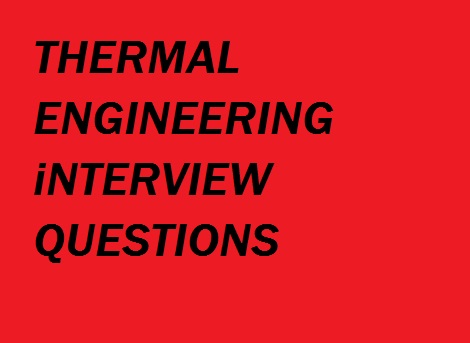
1. What is the importance of the Thermodynamics in the field of Mechanical Engineering?
All the mechanical engineering systems are studied with the help of thermodynamics. Hence it is very important for the mechanical engineers.
2. How many Laws of Thermodynamics are there?
There are three laws of the thermodynamics.
First Law:
Energy can be neither created nor destroyed. It can only change forms.In any process in an isolated system, the total energy remains the same.
Second Law:
When two isolated systems in separate but nearby regions of space, each in thermodynamic equilibrium in itself, but not in equilibrium with each other at first, are at some time allowed to interact, breaking the isolation that separates the two systems, and they exchange matter or energy, they will eventually reach a mutual thermodynamic equilibrium. The sum of the entropies of the initial, isolated systems is less than or equal to the entropy of the final exchanging systems. In the process of reaching a new thermodynamic equilibrium, entropy has increased, or at least has not decreased.
Third Law:
As temperature approaches absolute zero, the entropy of a system approaches a minimum.
3. State Laws of conservation of energy?
According to the laws of conservation of energy, “energy can neither be created nor be destroyed. It can only be transformed from one form to another.”
4. Is the boiler a closed system?
Yes definitely the boiler is a closed system.
5. What is Carnot engine?
It was being designed by Carnot and let me tell you that Carnot engine is an imaginary engine which follows the Carnot cycle and provides 100% efficiency.
6. Difference between Gas and Vapour
- Vapour can turn back and forth into liquid and solid states but a gas cannot.
- Gases cannot be see while vapours are visible.
- Vapours settle down on ground while gases do not.
7. Difference between Boiling Point and Melting Point
- The melting point is a defined for solids when it transfers from solid state to liquid state.
- The boiling point is defined for liquids for a state change from liquid to gas.
8.What is the effect of reheat on rankine cycle?
1.efficiency increases
2.work output increases
3. both
4. none of these.
1.Efficiency increases.
this prevents the vapor from condensing during its expansion which can seriously damage the turbine blades, and improves the efficiency of the cycle, as more of the heat flow into the cycle occurs at higher temperature.
9. What is flashpoint?
Flash point: the lowest temperature at which the vapor of a combustible liquid can be ignited in air.
10. What is refrigerant?
Any substance that transfers heat from one place to another, creating a cooling effect. water is the refrigerant in absorption machines.
11. Explain Otto cycle.
Otto cycle can be explained by a pressure volume relationship diagram. It shows the functioning cycle of a four stroke engine. The cycle starts with an intake stroke, closing the intake and moving to the compression stroke, starting of combustion, power stroke, heat exchange stroke where heat is rejected and the exhaust stroke. It was designed by Nicolas Otto, a German engineer.
12. How do you measure temperature in a Wet Bulb Thermometer?
Wet bulb temperature is measured in a wet bulb thermometer by covering the bulb with a wick and wetting it with water. It corresponds to the dew point temperature and relative humidity.
13.) In the Thermal Power Plant why Deaerator (D/A) placed on height?
To build a Very high pressure and the temperature for a boiler feed water pump and it discharge high pressure water to the boiler. And to provide the required Net Positive
Suction Head (NPSH) for the BFW pump and to serve as a storage tank to ensure a continuous supply of feed water during rapid changes in BFP.
14.) What is the differences between gas turbine and a steam turbine?
Gas turbine works on Bryton cycle where as steam turbine works Rankine cycle. Construction, operation of a gas turbine are entirely different to steam turbine. Gas turbine has a compressor to compress the combustion air, a combustion chamber to burn the fuel and a turbine section to extract the work for burning fuel. Steam turbine is just has a turbine section to extract the work from steam.
15.) What is a stage in a steam turbine?
In an impulse turbine, the stage is a set of moving blades behind the nozzle. In a reaction turbine, each row of blades is called a “stage.” A single Curtis stage may consist of two or more rows of moving blades.
16) In which part of the steam turbine does stress corrosion cracking (SCC) occur?
In the wet stages of the low-pressure turbine.

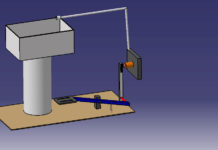

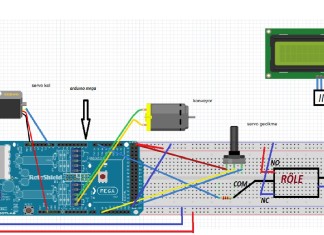

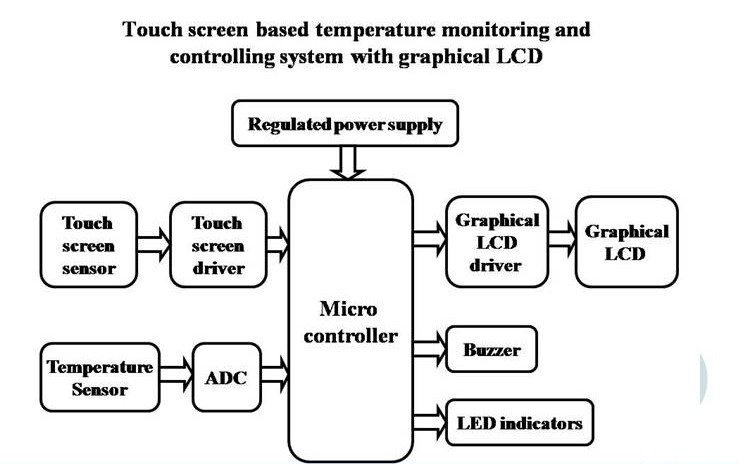

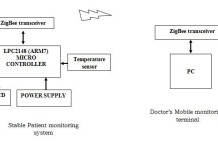
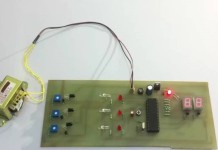



Good